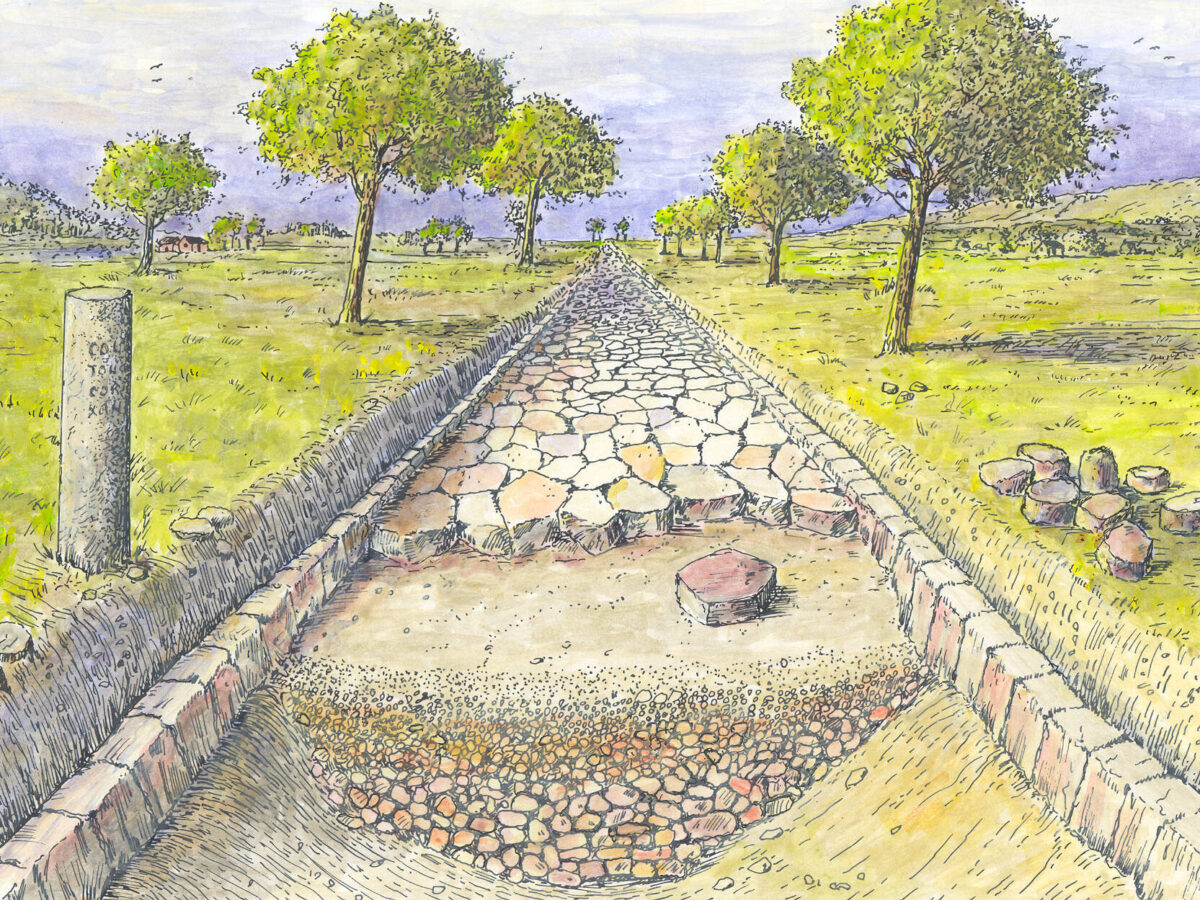Coriovallum: bathing — but above all, working
Author: Harry Lindelauf
Photography: Harry Lindelauf, RMO
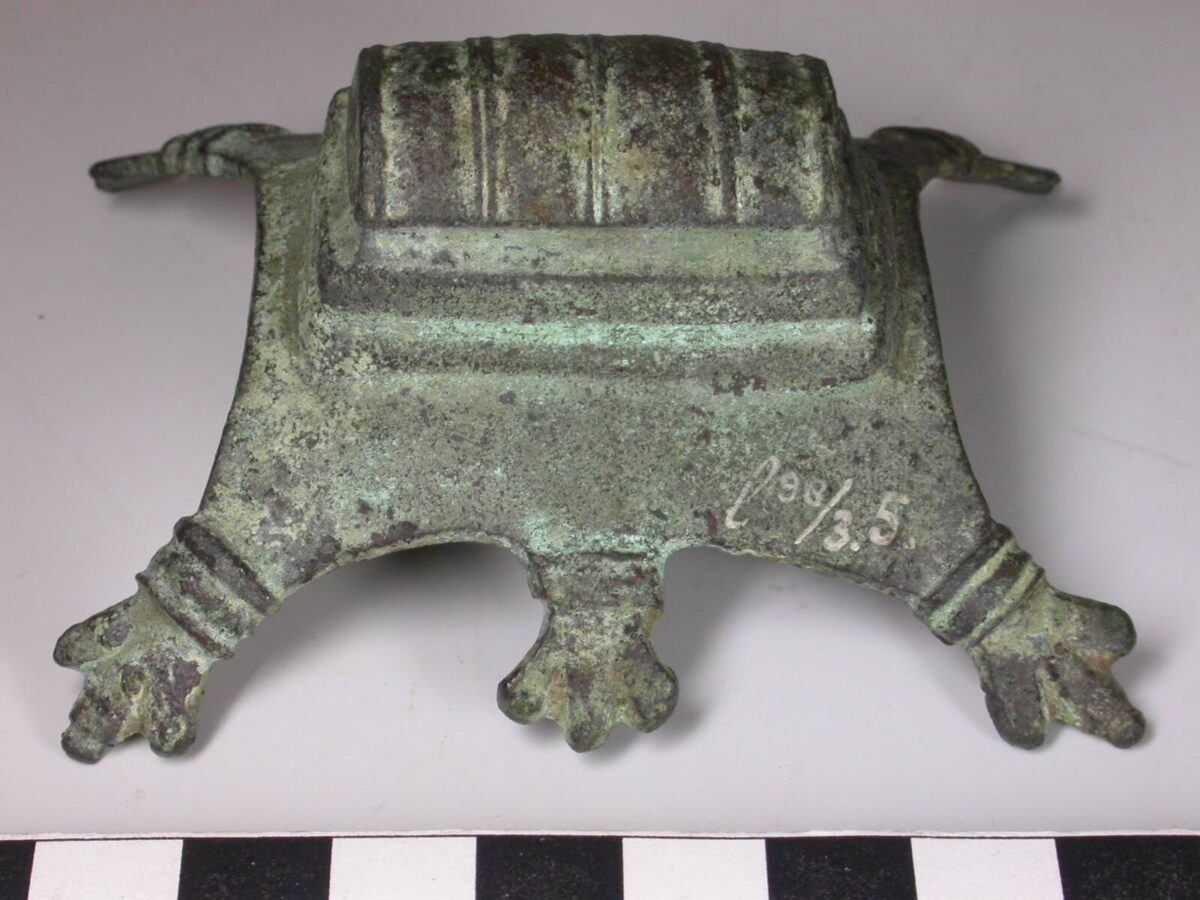
Roman Heerlen is best known for its bathhouse. The excavation at the Raadhuisplein has now added another story to that image with the discovery of a bronze-casting furnace: the story of the craftsmen. It becomes clear that Coriovallum was not just a spa town — it was a prosperous working city.
At the crossroads of two major roads in Roman Lower Germania, one might expect bustling activity — and rightly so. Excavations in Heerlen since 1860 have revealed abundant evidence of a wide range of professions: soldiers, potters, stonemasons, doctors (a scalpel and an ointment stone for eye salve), plasterers (a trowel), blacksmiths (iron slag), tanners, and butchers.
Photo: bronze fitting from horse harness, found in Heerlen.
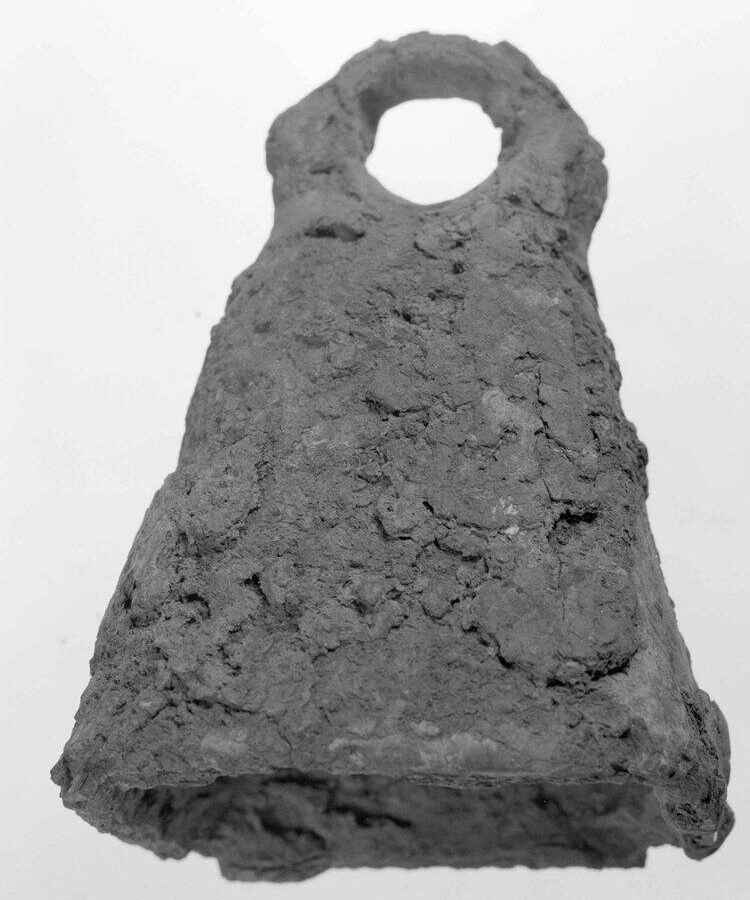
The Bronze Caster
The most recent excavation at the Raadhuisplein adds yet another trade: that of the bronze caster.
Bronze — an alloy of copper and tin — was used by the Romans to make weapons, horse gear, jewelry, utensils such as cutlery and pitchers, and even statues.
Over the years, dozens of bronze objects or fragments have been found in and around the bathhouse site, including a cowbell and a scraper (strigilis) used during bathing to clean the skin. The scraper found in Heerlen is unique because of its box-shaped bronze handle filled with lead.
Photo: bronze animal bell, also found in Heerlen.
A Military Outpost
The archaeological exploration beneath the Raadhuisplein also confirms that Coriovallum served as a military post. Two graves have been uncovered, one belonging to a soldier named Flaccus. Earlier finds near the bathhouse include bronze objects from military clothing, such as buckles and a chest plate from body armor, as well as bronze weapons — shields and spearheads.
Whether these were actually “Made in Coriovallum” in the bronze furnace of the Raadhuisplein remains uncertain — for now.
Photo: example of the high craftsmanship the Romans achieved — a bronze ointment or oil flask from the ash chest found in 2003 at the Vlengendaal villa in Bocholtz.
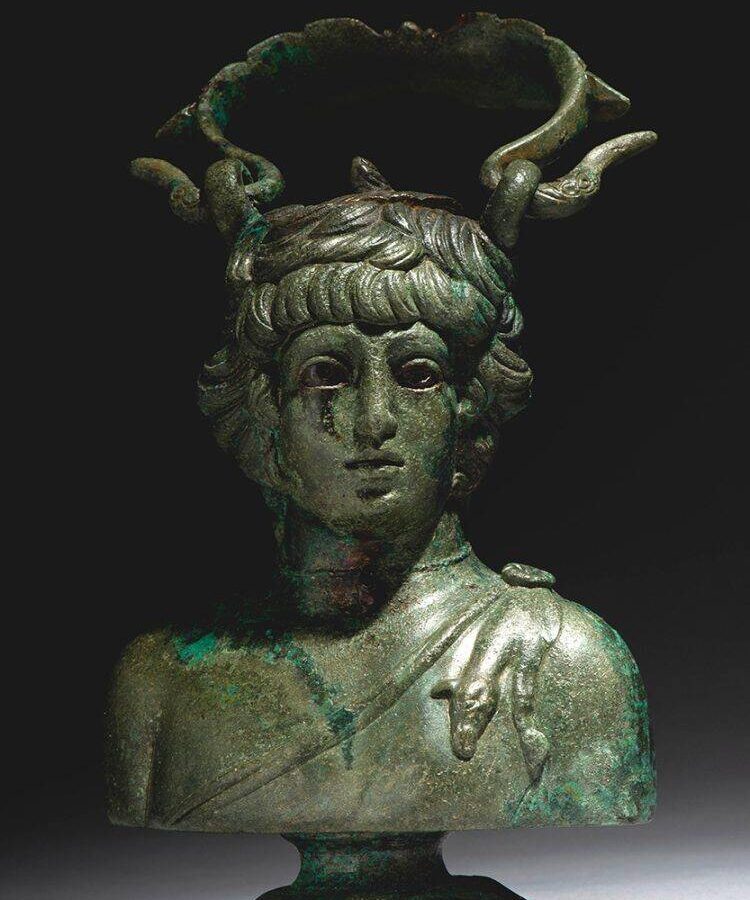
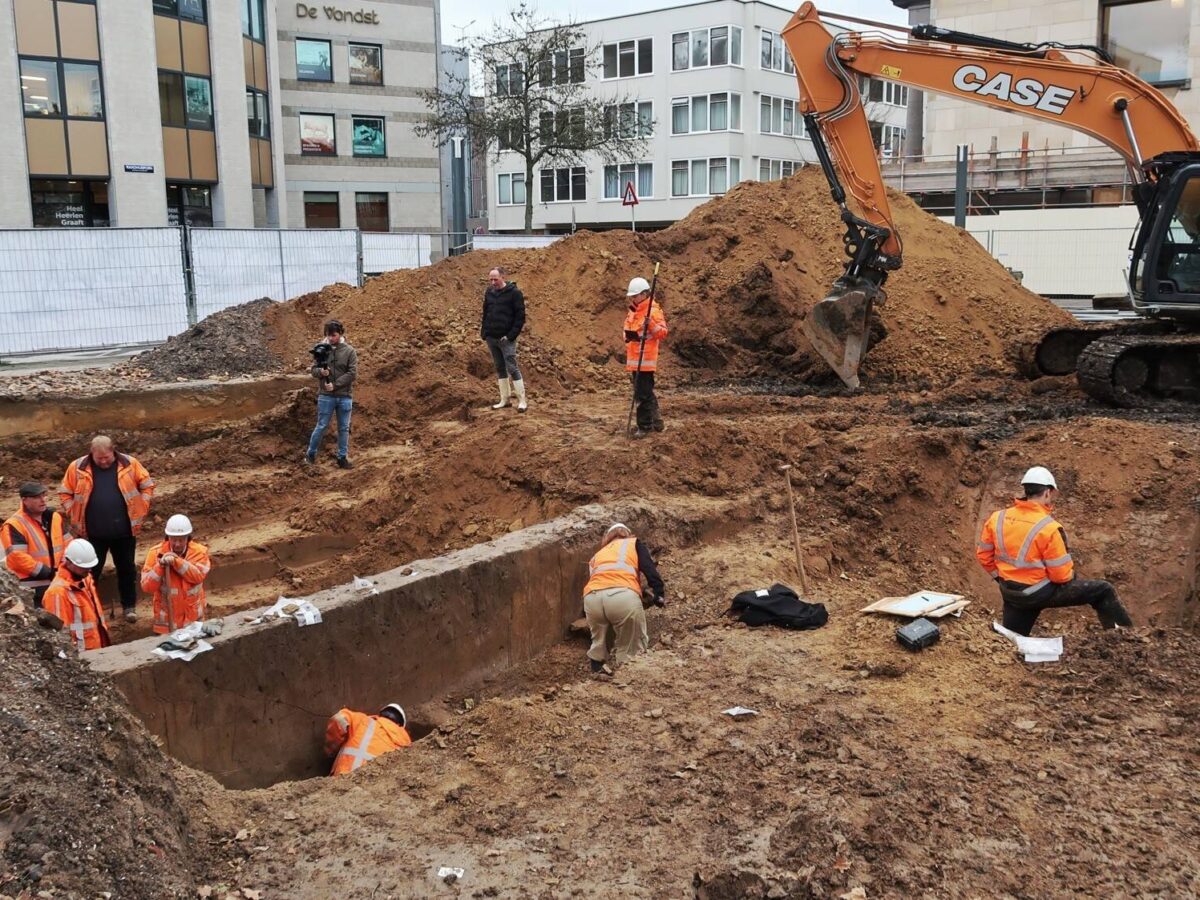
In the coming period, archaeologists aim to learn more about the inhabitants of Coriovallum. They seek answers to questions such as:
Where did the residents come from? How did they live? What did they eat?
The answers — and the first results of the research into the finds from the latest excavation — will be presented in 2025. Fittingly so, since 2025 has been declared the Year of Heerlen’s Heritage.
Photo: the yield of the 2024 Raadhuisplein excavation was rich: building foundations with a public function, two graves (one belonging to legionary Flaccus), a toilet, a jug, and a bronze-casting furnace.

